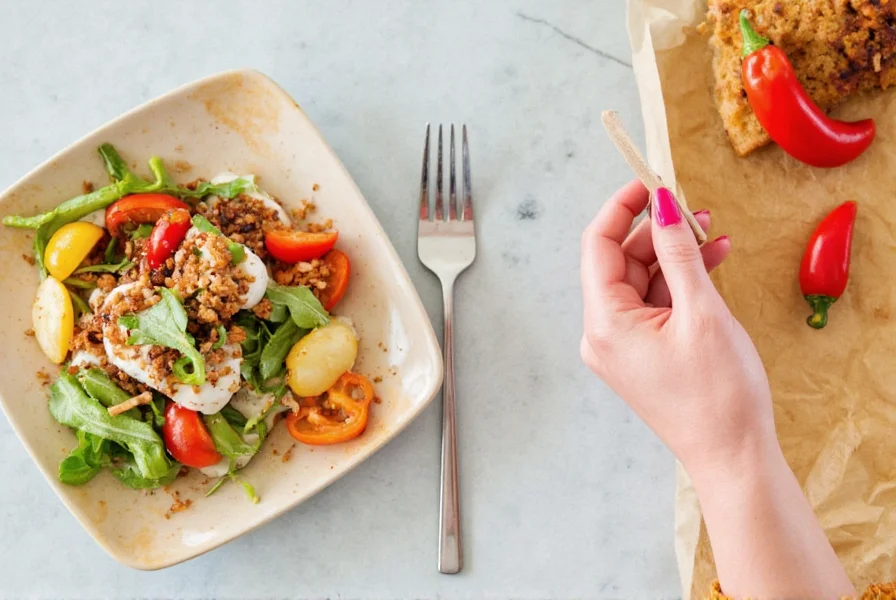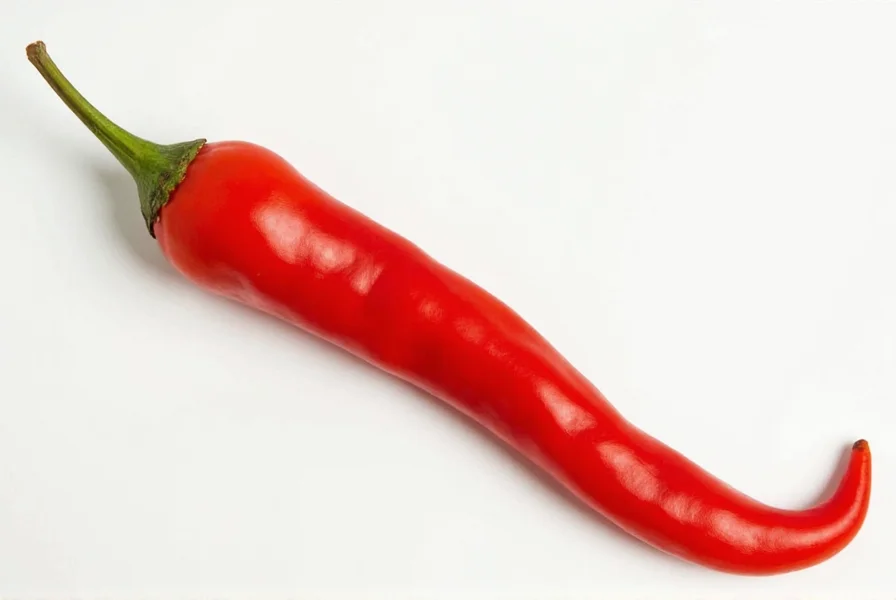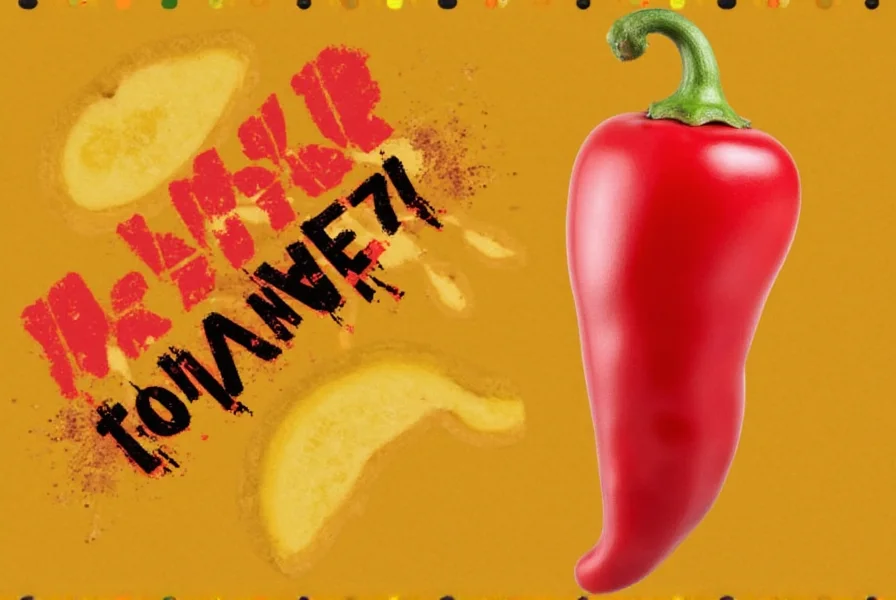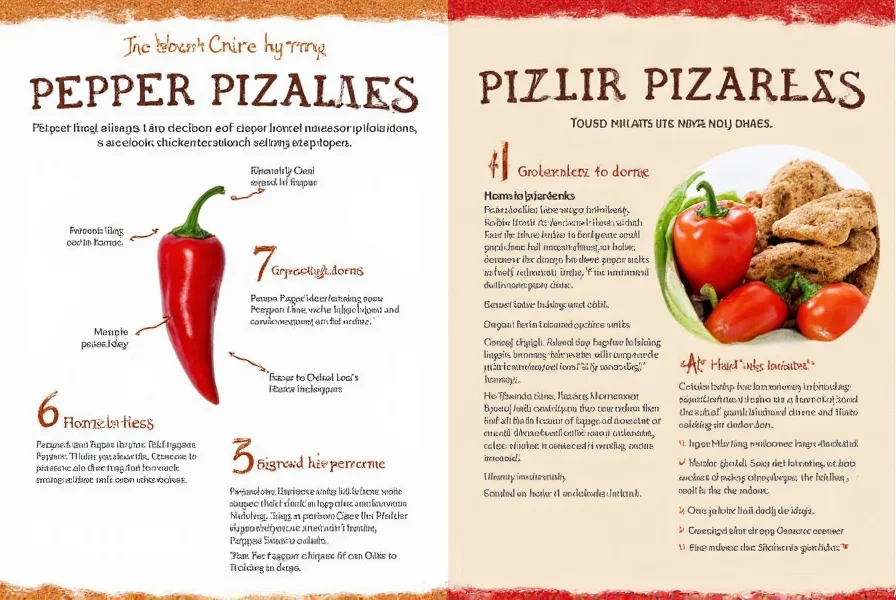Looking for free high-quality chili pepper images? You've come to the right place. This guide provides the best sources for royalty-free chili pepper photos and how to use them effectively in cooking, blogging, and design projects.
Top Free Sources for Chili Pepper Images
- Unsplash: High-resolution, royalty-free chili pepper photos. Visit Unsplash Chili Pepper Photos
- Pexels: Free stock photos of chili peppers. Check out Pexels Chili Pepper Collection
- FoodiesFeed: Specialized food photography. Chili Pepper Collection
- Pixabay: Free images with no attribution required. Pixabay Chili Pepper Images
Visual Guide: Understanding Heat Levels Through Color and Shape
Below is a handy table comparing popular chili peppers based on their appearance and Scoville Heat Units (SHU), which measure spiciness:
| Chili Name | Color | Shape | Heat Level (SHU) |
|---|---|---|---|
| Bell Pepper | Green, Red, Yellow, Orange | Broad, blocky | 0 |
| Jalapeño | Green, Red | Moderate length, tapered | 2,500–8,000 |
| Serrano | Green, Brown, Orange, Red | Thin, long | 10,000–23,000 |
| Hatch Green Chile | Green | Elongated, thick skin | 1,000–10,000 |
| Cayenne | Red | Long, thin | 30,000–50,000 |
| Habanero | Orange, Red, White | Small, lantern-shaped | 100,000–350,000 |
| Ghost Pepper (Bhut Jolokia) | Red | Lumpy, wrinkled | ~1,000,000 |

7 Practical Ways to Use Chili Pepper Images
- Identify Peppers at the Market: Use reference images to confidently pick out jalapeños from serranos or bell peppers from poblanos.
- Create Visual Flavor Boards: Design mood boards with chili images, spices, and herbs to brainstorm new dishes or menu ideas.
- Educate Kids (and New Cooks): Show kids or beginners how chilies look before they bite. This reduces surprises and builds confidence around spices.
- Enhance Recipe Blog Posts: Spice bloggers, chefs, and food writers can elevate content with high-quality images of specific chilies to indicate heat levels and flavor profiles.
- Teach Yourself Visually: When studying global cuisines, associate regional dishes with local peppers. For example, Mexican mole sauces often use dried ancho chilies, while Thai cuisine loves bird's eye chilies.
- Label Your Spice Drawer: Print out small chili pepper images and tape them to your spice jars for quick recognition — especially helpful for blends made from specific peppers like chipotle powder or ghost pepper flakes.
- Track Heat Tolerance Progress: Keep a visual journal of the chilies you've tried. Seeing a progression of hotter peppers can be both motivating and fun!

Frequently Asked Questions
Where can I find free chili pepper images?
Top free sources include Unsplash, Pexels, FoodiesFeed, and Pixabay. All offer high-resolution, royalty-free chili pepper photos suitable for commercial and personal use. Visit their websites directly to search and download images.
How can I tell how hot a chili pepper is by looking at it?
While not foolproof, certain visual cues can indicate heat level. Generally, thinner-walled peppers tend to be hotter than thick-walled varieties of similar size. Smaller peppers often pack more heat than larger ones (like how tiny bird's eye chilies are much hotter than large bell peppers). Wrinkled skin can indicate higher heat (ghost peppers), while smooth skin often suggests milder heat (poblanos). However, the only definitive measure is the Scoville scale, which requires lab testing.
What's the most reliable way to identify chili peppers using pictures?
The most reliable method combines multiple visual factors: shape (tapered vs. blocky), color (even when immature), size, skin texture (smooth vs. wrinkled), and stem characteristics. Using reference images that show the pepper from multiple angles and in comparison to common objects (like coins or fingers) for scale provides the best identification. Apps like PepperPal or Chili Identifier use image recognition technology to help with accurate identification.
Can I use pictures to tell if a chili pepper is fresh or spoiled?
Yes, visual inspection is key to determining freshness. Fresh chili peppers should have firm, taut skin with vibrant color. Signs of spoilage include soft spots, wrinkling beyond the pepper's natural texture, dark patches, or visible mold. When comparing to reference images, look for photos showing both ideal fresh specimens and common signs of deterioration to train your eye.
How do I safely handle extremely hot chili peppers when I'm using visual identification?
When handling very hot peppers like ghost peppers or Carolina reapers, always wear disposable gloves to prevent capsaicin from transferring to your skin or eyes. Work in a well-ventilated area as the fumes can be irritating. Never touch your face while handling hot peppers. If you're just identifying peppers visually without handling them, you're safe, but be cautious when purchasing or preparing them.
Are there visual differences between red and green versions of the same chili pepper?
Yes, many chili varieties change color as they mature. For example, jalapeños start green and turn red, becoming sweeter and slightly hotter as they ripen. Green habaneros are less common but have a grassier flavor than the more typical orange or red versions. The shape generally remains consistent within a variety, but color indicates maturity stage, which affects both flavor and heat level.
Conclusion
Free chili pepper images are readily available from trusted sources like Unsplash and Pexels. Whether you're a chef, blogger, or designer, these visuals help you identify peppers, enhance recipes, and create stunning food content. Download high-quality images today and elevate your culinary projects!












 浙公网安备
33010002000092号
浙公网安备
33010002000092号 浙B2-20120091-4
浙B2-20120091-4